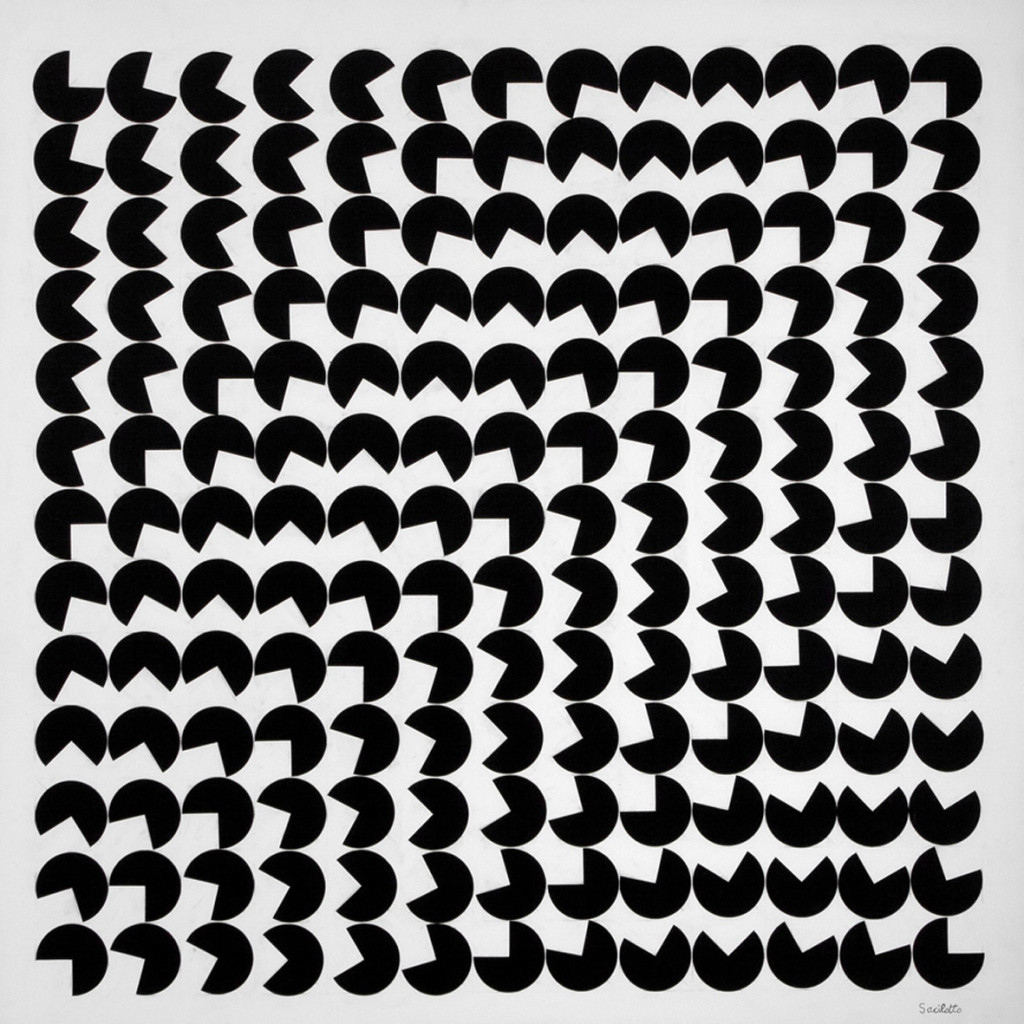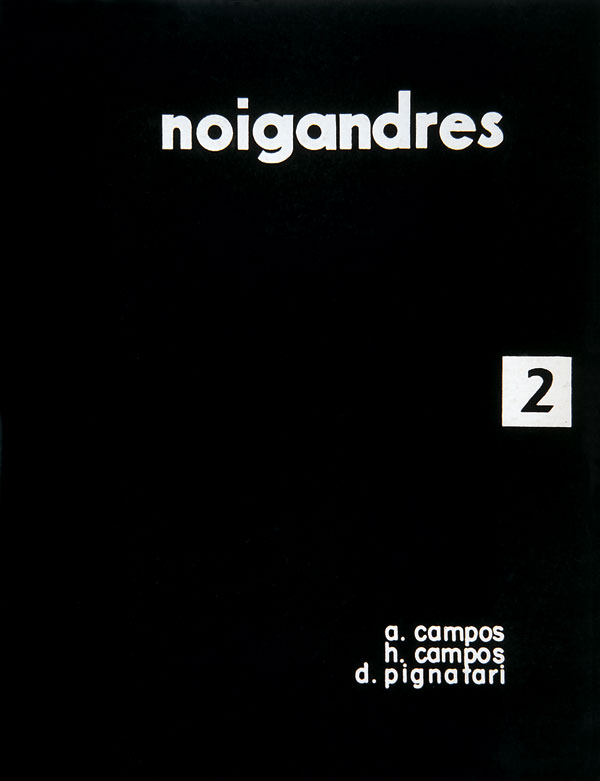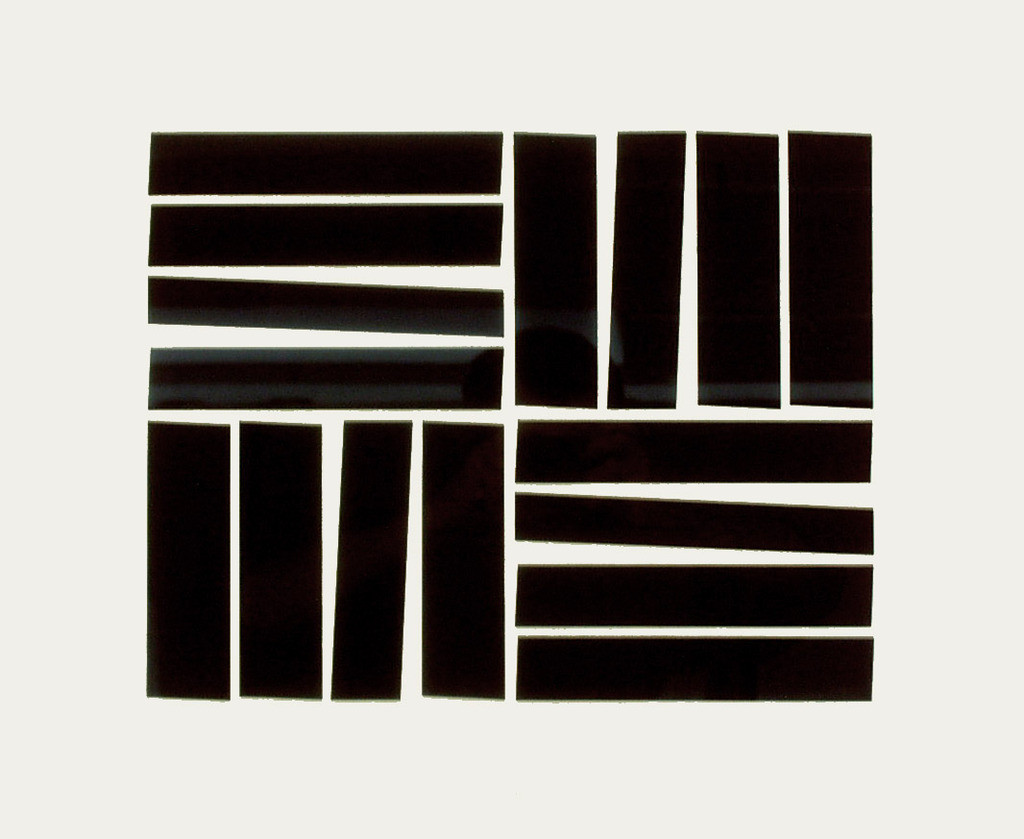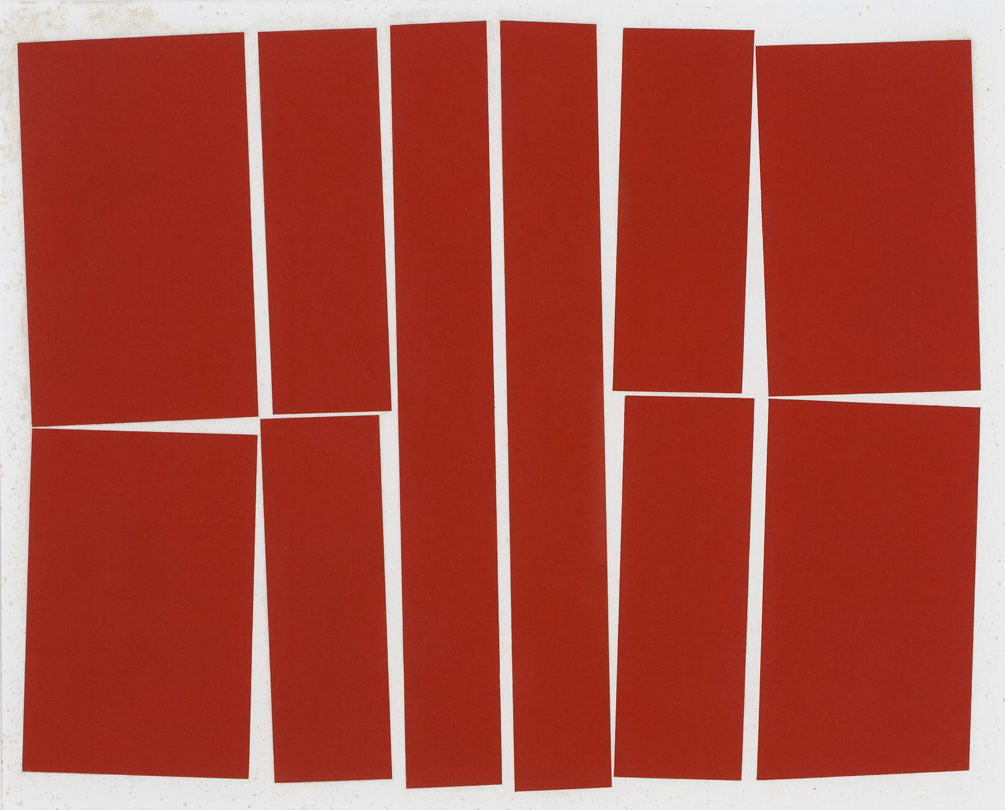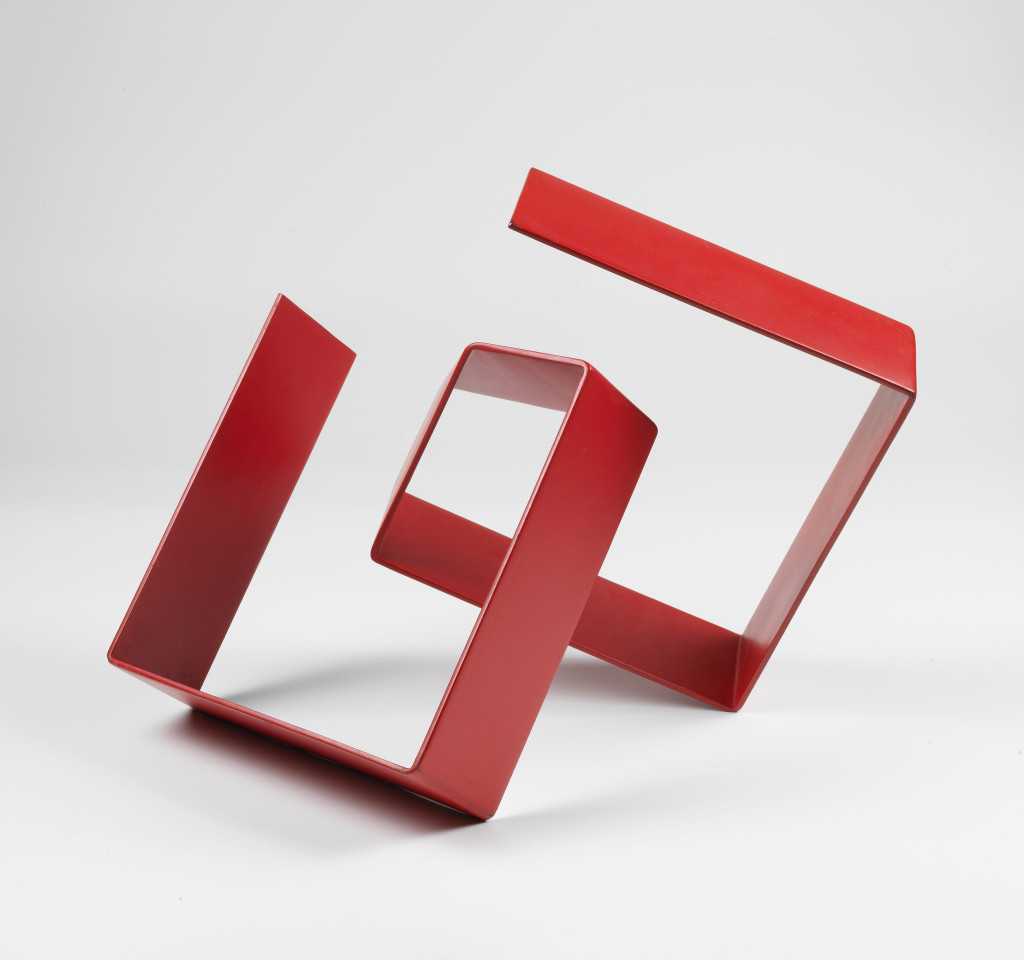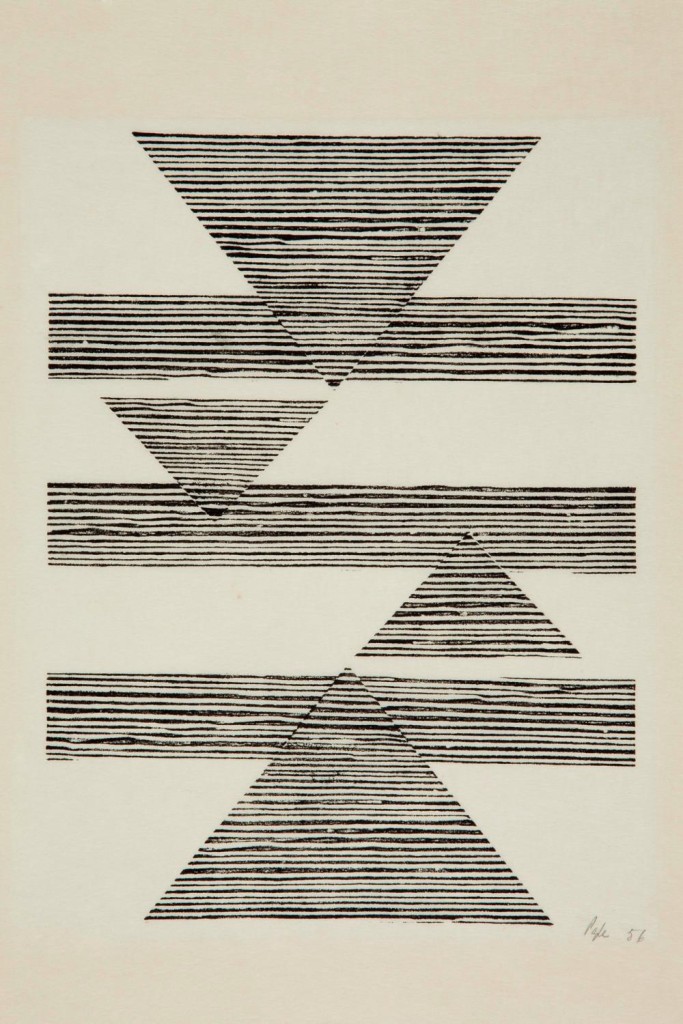- Radical Geometry
- Art Exhibition
- Royal Academy. London, UK
- Website
Grupo Ruptura
Formed in São Paulo and hailed by Italian born Waldemar Cordeiro, Grupo Ruptura saw abstraction as a field of visual experimentation, this meant taking a machine-like approach that was more focused on function and less on the political ideals of their Argentinean and Uruguayan counterparts in the previous decade. Cordeiro drafted fellow painters Lothar Charoux and Luiz Sacilotto and in 1952 launched an iconic exhibition called Ruptura, which signaled the official birth of the Grupo and the release of their manifesto. It was through this manifesto, that the group made clear their intention to adopt a strong sense for typography, graphic design, architecture, and even poetry in their overall body of work. In fact, it was through their allegiance with a group of Concrete poets that they launched the Noigandres journal in 1952, highlighting their intention to actively pursue the evolution and development of modern culture.
Grupo Frente
Born in 1954 as a response to the more mechanical movement created by Grupo Ruptura was the Rio de Janeiro based Grupo Frente. Formed by artists Franz Weissmann, Hélio Oiticica, Lygia Pape, and Lygia Clark; the group sought to create a more organic approach to abstract art, engaging the viewer as an active participant. Grupo Frente reached new heights in 1959 when their ‘Neo-Concrete’ manifest was published in one of Brazil’s top newspapers, the Jornal Do Brasil. The group also sought to move away from strictly working on gallery pieces by taking the work to public spaces.


